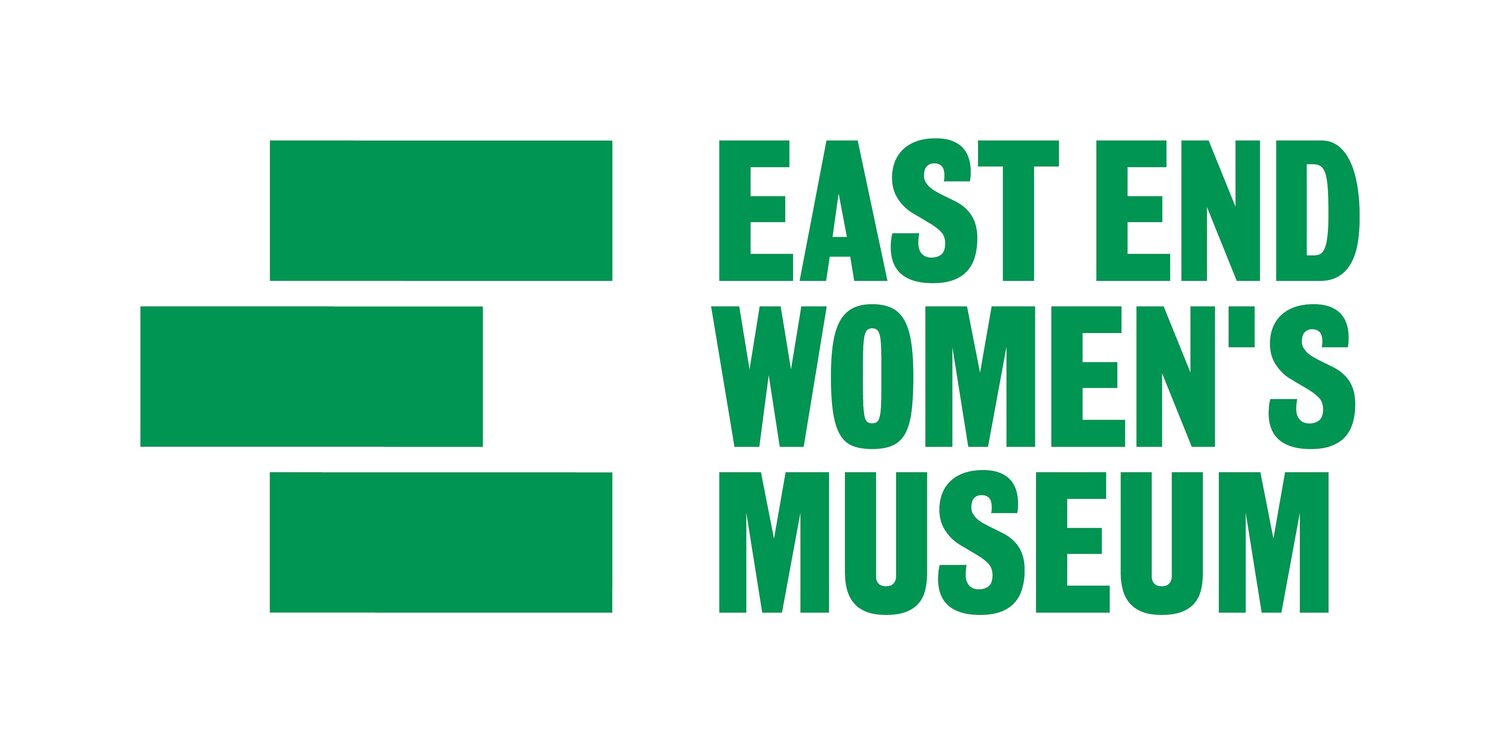Jane Johnson, along with her husband John, kept an alehouse and brothel in Shorter Street, just off Well Close Square, Rosemary Lane, and Cable Street. She was a well known thief and receiver of stolen goods around Rag Fair, and was cited in at least a dozen cases heard at the Old Bailey. In 1740, Johnson was accused in court of buying stolen handkerchiefs from small time thieves, John Sharpless and William Disney for half a crown. The handkerchiefs had been stolen from Sarah Stumper who kept a small shop in Leman Street, Goodman’s fields. Johnson was taken into custody but when the trial reached court, she escaped from custody with the help of her friends. (1)
Johnson turns up again in a burglary case in 1741 involving thief John Lupton. The Old Bailey court heard that Johnson had purchased a stolen cup with a silver handle and a silver spoon for four pounds from Lupton and his friends. However, although cited in court as the buyer of the stolen goods, Johnson escaped prosecution. (2)
In 1743 Jane Johnson was indicted once more on two separate accounts. She was charged with ‘feloniously receiving’ 26 pounds of stolen chocolate and a selection of brass ware and steel buckles from thieves John Read and David Shields.
The informant David Shields gave information that he had sold Johnson the goods, telling the courtroom, "she keeps a very bad House – there none resort to the House but a parcel of Boys who go out a robbing and picking of Pockets...there are two Rooms on a Floor, 2or 3 Beds in a Room, and 3 or 4 of these Boys lie in a Bed". (3)
Jane Johnson managed to avoid the death sentence, Newgate prison and transportation, making a living for at least a while from her criminal exploits. She is just one of many ‘disorderly’ women who lived around Rosemary Lane, east London in the 18th century.
Women like Johnson did not accept a life on the margins, and while they may not have been treated as equals to men, they had agency. They got by in whatever way they could.
Their stories are a hugely important component in our understanding of the lives of the ordinary and poorer members of early modern London society.
Thanks to Dr Janice Turner from the University of Hertfordshire for contributing this story to the East End Women's Museum.
(1) Tim Hitchcock, Robert Shoemaker, Clive Emsley, Sharon Howard and Jamie McLaughlin, et al., The Old Bailey Proceedings Online, 1674-1913, (www.oldbaileyonline.org, version 7.0, 24 March 2012),
(Hereafter, OBP), OBP, John Sharpless, William Disney, 16 April 1740, t17400416-25.
(2) OBP, John Lupton, 14 May 1741, t17410514-11.
(3) OBP, John Read, 13 April 1743, t17430413-14.





